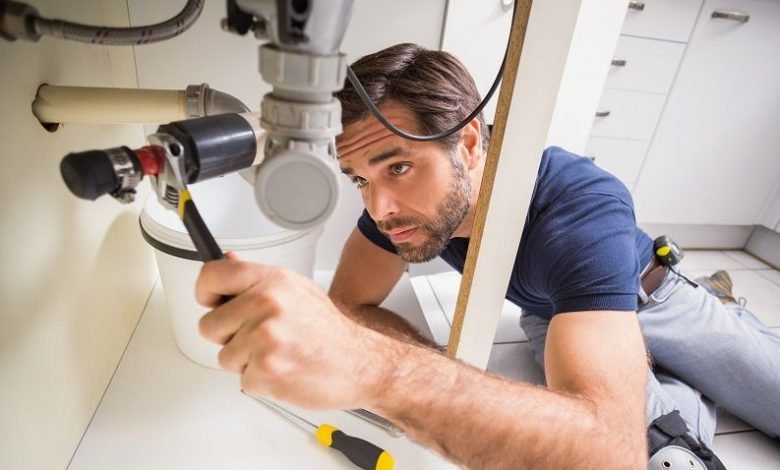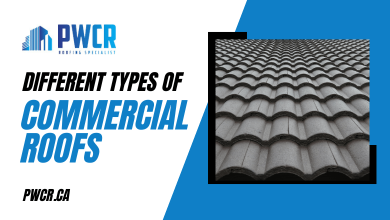7 Reasons Why You Shouldn’t Try to Install a Water Heater on Your Own

We always saw results from my home convenience store mum taking on all of my DIY plumbing projects when I decided to install my water heater. ” What’s wrong?
1. Do you need a new water heater?
If you are confident enough to embark on such a project, you may also believe that water heaters are a failed business. But if you misdiagnose and decide to replace the water heater and have a problem with a replaceable heating element or damaged anode rod, wouldn’t that be unfortunate (and a waste of money)? The Licensed Pipeline Union runs diagnostics to identify the cause of a problem before recommending action. A water heater repair specialist will tell you whether it is better to repair or replace.
2. Buy the wrong size
Size refers to the capacity of the water tank (the number of gallons heated by a tankless water heater in 1 minute) and the size of the water heater itself. First, let’s think about capacity. Bathrooms are 2.5 and most households with 2 to 4 residents have 50-gallon water heaters.
Depending on how often you wash and how often your family showers, you may need a water tank of 60 gallons or more. Over time, paying more for a larger tank will save you money and almost certainly reduce unnecessary frustration.
Large homes generally require a larger water heater or several smaller water heaters. Serving many families with 3 or more water heaters. For a small house of one or two people, a 30 or 40-gallon water tank may suffice, but be careful. If the fuel tank is too small, it will continue to operate to meet demand and wear out faster than necessary.
Improved government efficiency standards have resulted in a new generation of larger and better water heaters. But remember, like many of us, they put a few inches around the center (top and bottom).
3. Water heaters installed in prohibited places
You can not install a water heater anywhere. Most cities in the United States and other countries follow the International Code Council (ICC) model of standardizing international standards for residential and commercial construction. In addition, facilities must be inspected by the municipality to ensure their compliance.
The International Housing Code establishes prohibited locations for gas and electric water heaters and auxiliary heaters and establishes barrier-free standards for water heater installations. For example, a water heater should not be installed in a room that serves as a locker. Water heaters installed in bedrooms and bathrooms “… must be installed in a closed enclosure to prevent combustion air from being deprived of the living space”.
4. Install a water heater without a plumbing license.
Licensing agencies can be very careful in executing code. They prefer to send inspectors to make sure the job has been done correctly so as not to cause problems anytime in the future. This document from Grapevine, Texas details the types of work that require permission from the owner, builder, or contractor.
Podovin’s policies are similar to policies in other cities of Dallas, Texas, and other countries. There are a few exceptions, including the special mention of obtaining a water heater installation permit. The cases where authorization is not required (leak, drain pipe blocked, etc.) are explained, but it is indicated that authorization is required for the separation and replacement of pipes and the inspection after the works.
Many DIY enthusiasts don’t want to spend the money to get a license and they have a problem. And can you believe it? – Some people do not get a renovation permit because they do not want to increase their fixed property tax. When anyone sells his house, the seller must disclose any occupations that require a permit. iced coffee. However you answer this question, unauthorized work can lead to legal problems. Unauthorized employment can void a homeowner’s insurance coverage for work-related claims.
5. Difficult positions
IRC section M1305 defines access requirements for water heaters and other equipment in attics, rooms, and basements. For example, the attic driveway should contain a minimum of 22 “x30” openings and horizontal service space for water heaters of at least 30 “x30”. Requires unobstructed access to a service space at least 24 inches wide and with solid, continuous ground within 20 feet of the entrance.
Many water heaters manufactured after April 16, 2015, are taller and wider than their predecessors. Higher efficiencies to meet new government standards include better insulation, which requires more insulation around the water tank. If you are wanting a Water Heater Installation in Riverside, a water heater in a specific location, this extra insulation is perfect.
Consider the popular RheemMarathon plastic water tank heater. The MR50238 50 Gallon Heavy-Duty Electric Water Heater is 23.5 inches wide, too wide for a standard 22 inch. The smaller 40-gallon model MR40245 is 21.62 inches wide, so if you’re careful you can fit it. But do you have enough hot water capacity?
A typical 50-gallon water heater weighs around 125 to 150 pounds, so it’s not the job of one person. Going down the ladder in the attic makes the elevator a challenge for most people. The total weight of the water heater and the person may exceed the capacity of the ladder. Plumbers usually have to use a rope to lift the water heater out of the tank to solve this problem.
6. Failure of the TPR valve and the drain hose.
As already described, when installing a water heater, you need to make sure that the TPR valve is working properly and that the water it discharges goes through the drain pipe. You should expect the TPR valve to open and drain the water now and then. Water should get into the overflow tank or drain hose. Some municipalities require overflow tanks and some municipalities do not understand local regulatory requirements.
Most DIY plumbers are unfamiliar with the waste pipe material and code standards for Find water heater installation san Diego. On the home inspection site nachi.com, you won’t go wrong with a copper pipe as shown in this photo. Common drain hose mistakes for DIY plumbers include:
- The drain hose is too short. It should not extend more than 6 inches from the ground or the drip tray to avoid spraying hot water on people nearby or anything. There shouldn’t be any wires on the floor.
- Made with unapproved materials. Approved materials include copper, galvanized steel, CPVC, stainless steel, or polypropylene. Unapproved plastics can melt.
- The diameter of the pipe is too small. The exhaust pipe cannot be smaller than the connected TPR valve (typically 3/4 “). Also, do not reduce the size of the pipe below the connection to the TPR valve.
- The water drainage path is incorrect. The water must flow out of the gutter through a floor drain, an indirect waste collector (drip tray), or a pipe leaving the house. It cannot be connected directly to the drainage system because the return contaminates the hot water. It should be obvious, but do not cover the discharge tube.
- This is a candidate list of common discharge tube faults.
7. Insufficient welding skills
You don’t need to know how to install a water heater to remove sweat from a welded joint, but it is a recommended method. Here you will learn how to use a pipe cutter, deburr the cut end, solder the joints, and heat evenly. The welding torch must be held in the correct position to allow molten solder to flow into the joint and form a tight connection.
It’s a skill most people can learn with practice, but it doesn’t look like an amateur plumber has ever mastered it. As a result, they did not take into account the negative effects of the torch heat.
Conclusion
You have skills in plumbing, electrical, heating, ventilation, carpentry, you need to understand national and local building standards, obtain a work permit and prepare for labor inspections with the municipality.
Failure to follow plumbing rules can expose you to serious physical, economic, and legal risks. When you ask a licensed plumber to install a water heater, the plumbing company takes the risk and takes out insurance to cover it. If you perform unauthorized work, you expose yourself to legal risk and may void work-related homeowners’ home insurance.
All water heaters will eventually fail, but by hiring a licensed plumber rather than doing it yourself, you help prevent serious breakdowns. You avoid these common mistakes plumbers make when installing a water heater and end up with a high-quality water heater that is most likely to save you money in the long run.
For more informative posts about everything from home-improvement, fashion, lifestyle and be sure to check out more blog posts at DigiBizner.com.





